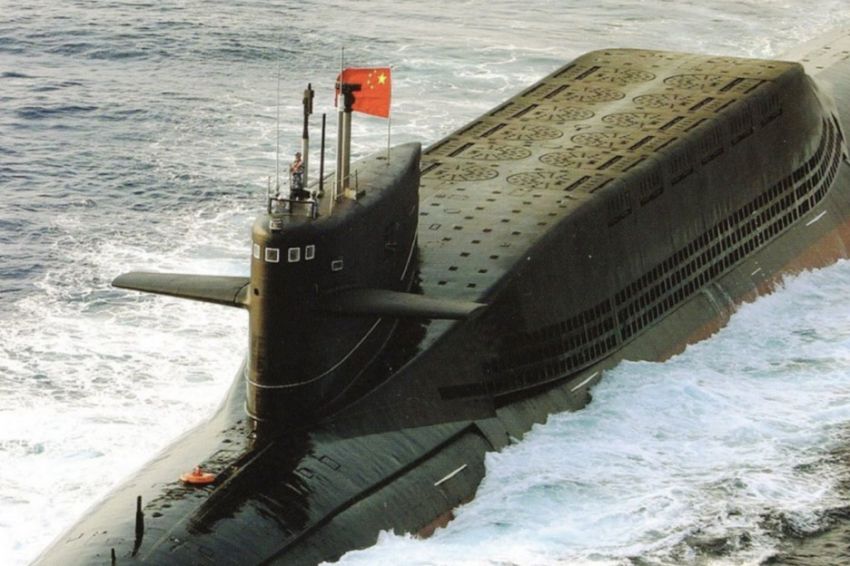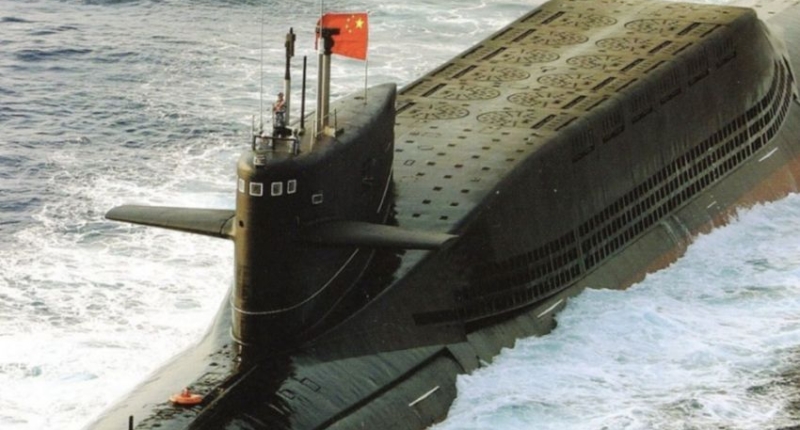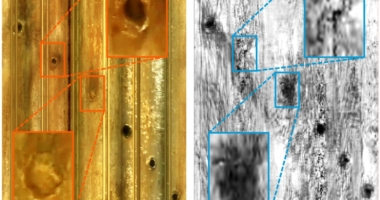China has made significant advancements in military technology with the development of submarine stealth technology that can trick the enemy’s sonar system. One of the breakthroughs is the tile-shaped device that can analyze the enemy’s sonar frequency and produce an opposite sound. The Beijing Institute of Technology Team also used Giant Magnetostrictive Material (GMM), which can stretch or contract when brought close to a magnet, to improve the submarines’ surface coating. These advancements allow submarines to operate stealthily for long periods of time, avoid detection from enemy sonar systems, and compete with other major countries with advanced military weapons innovations.
3 Advancements in China’s Submarine Stealth Technology

China’s military strength is well-respected by many countries, including its rivals such as the United States and Russia. Recently, China made an interesting breakthrough in military technology, particularly in the development of stealth technology for submarines. This technology has the capability to trick the enemy’s sonar system, making it a significant advancement.
Here are three advancements in China’s submarine stealth technology:
- Tile-shaped device with advanced capabilities
Chinese researchers have developed a tile-shaped device that can analyze the enemy’s sonar frequency and produce an opposite sound. This sophisticated device can trick enemy sonar operators by making them mistake the submarine for water. The low-frequency sound produced by this device has an intensity of up to 147 decibels, which is powerful enough to block the active sonars commonly used by the US Navy and its allies. The device will be placed on the entire hull to avoid enemy sonar beams that can come from various directions.
- Giant Magnetostrictive Material (GMM)
The Beijing Institute of Technology Team used a technology known as Giant Magnetostrictive Material (GMM), named after a phenomenon discovered by British physicist James Joule in 1842. The phenomenon is known as “magnetostriction,” in which some materials stretch or contract when brought close to a magnet. This technology is different from the usual anechoic tiles used for the surface coating of submarines belonging to countries around the world. However, the production of GMM requires expensive and heavy rare elements such as Terbium and Dysprosium, which limit its use.
- Fast installation, long-term use, and maintenance
The sophisticated devices made in China have been improved by related researchers to be ideal for fast installation, long-term use, and maintenance of submarines fitted with the device. This will enable submarines to operate stealthily for long periods of time.
In conclusion, China’s advancements in submarine stealth technology have allowed them to compete with other major countries with advanced military weapons innovations. The use of tile-shaped devices, GMM technology, and improvements in fast installation, long-term use, and maintenance will enable China’s submarines to operate stealthily for long periods of time and avoid detection from enemy sonar systems.
Don’t miss interesting posts on Famousbio









